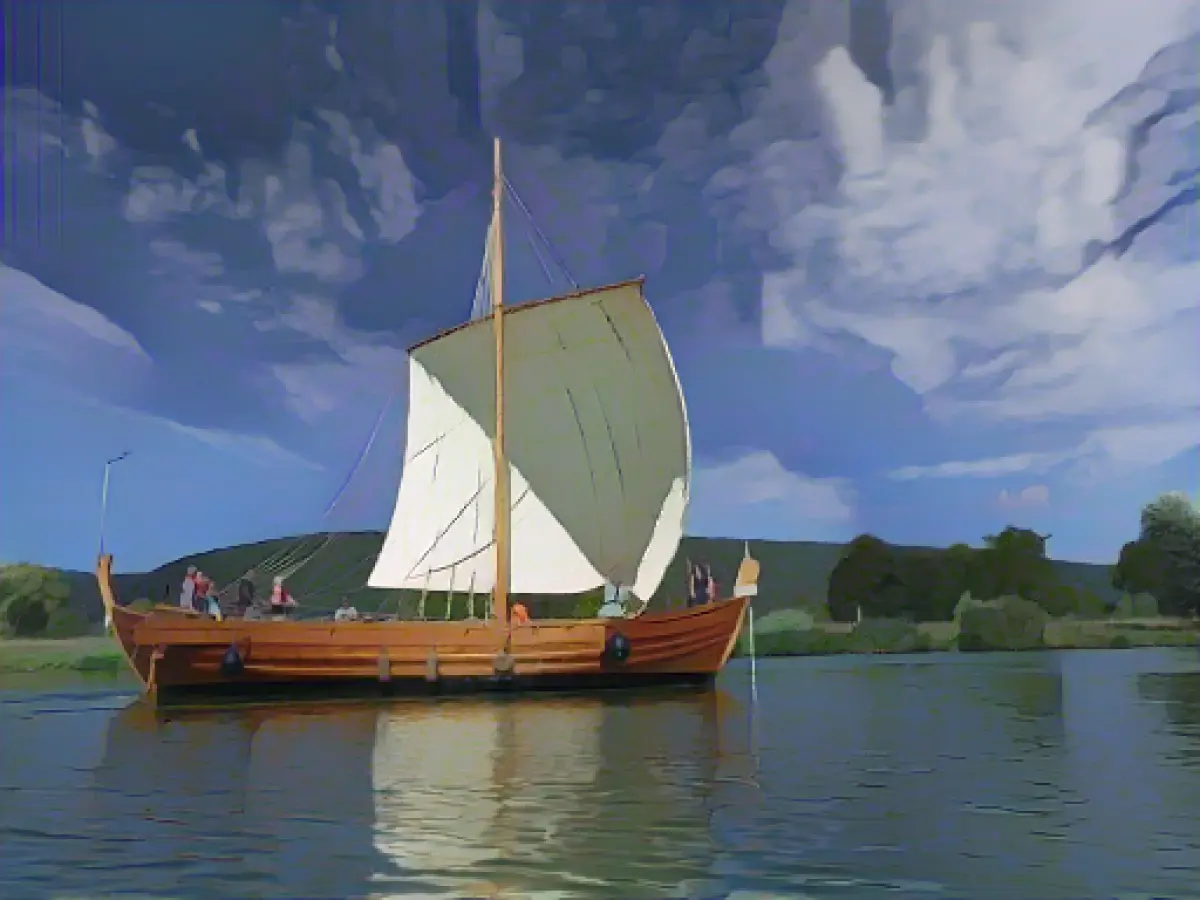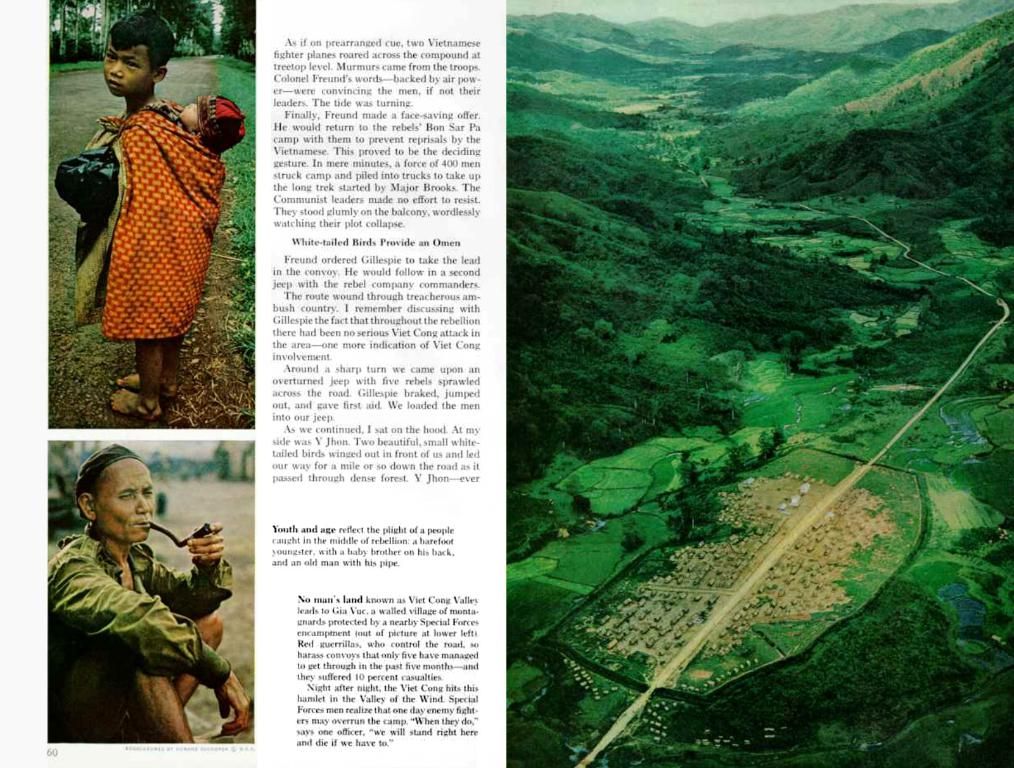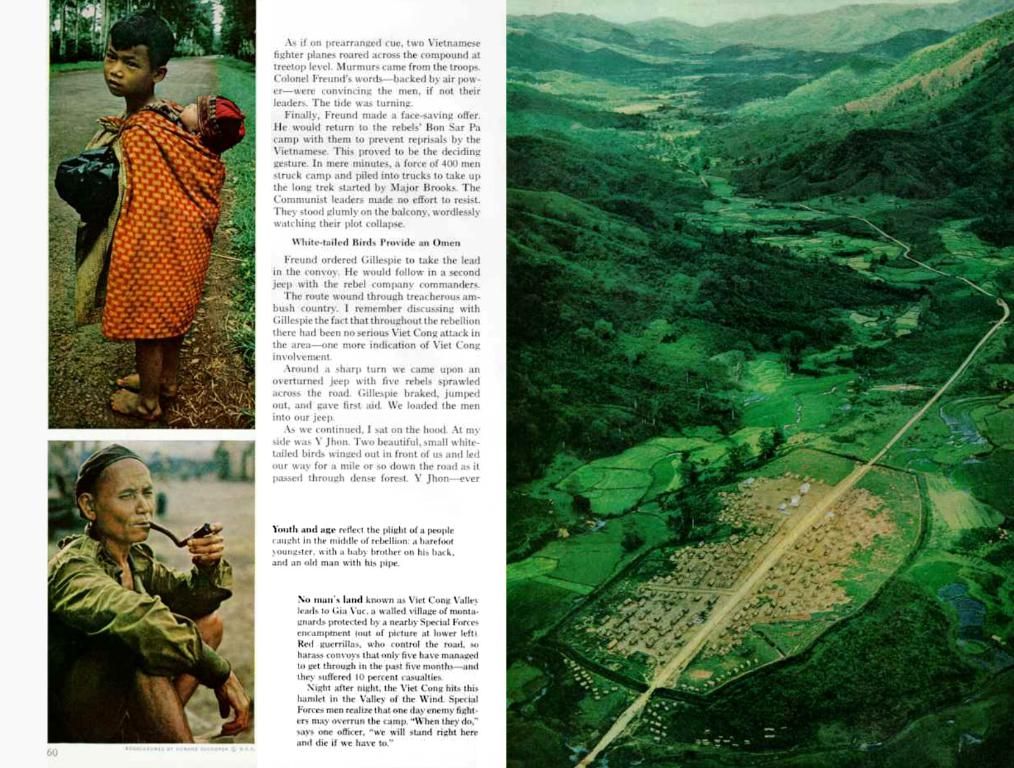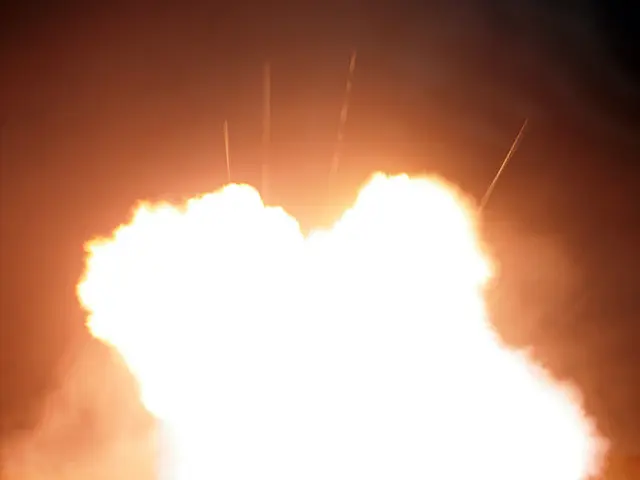Uncovering the Seaworthiness of a Roman Maritime Marvel
After weeks of rigorous testing on the Mediterranean, scientists have unveiled some striking findings about the Roman merchant ship replica, "Bissula." Christoph Schäfer, the project's head, shared with the German Press Agency in Trier, "This ship is remarkably seaworthy and can sail steadily even in high waves and strong winds."
The journey, which often proved "somewhat exhausting," in the Bay of Cannes in southern France, also led to a newfound respect for the Romans as seafarers. Schäfer further revealed that the ship's assumed load capacity might need to be revised downward, as earlier presumptions of 30 tons may no longer hold true.
The "Bissula," an impeccable reproduction of a 3rd-century sailing freighter discovered on the French coast near Marseille, is now returning to its home port in Trier. Having traversed land to Dillingen on the Saar, "Bissula" will soon rejoin the Moselle's waters, headed towards its abode in Trier.
While aboard the Mediterranean, researchers gathered performance data on the 16-meter-long, 5-meter-wide craft. This data will be analyzed extensively over the coming weeks and months, said historical scholar Schäfer.
The meticulous reconstruction of the "Bissula," conducted by Trier scientists in collaboration with students and craftsmen between 2017 and 2019, has shed light on its remarkable stability in challenging seas. This revelation could possibly reshape our perspective on ancient Roman shipping and navigation practices.
Further exploration in marine science and archaeology alike may unlock more enigmas concerning the Romans' advanced shipbuilding skills and seafaring prowess.
Influential Factors Shaping the Roman Merchant Ship's Stability
The Roman merchant ship replica "Bissula" boasts remarkable stability in the face of strong winds and high waves due to several factors:
- Hull Design:
- Robust Shape and Form: A well-crafted hull shape, together with an efficient bow and stern, contributes to maintaining the ship's course and stability.
- Practical Keel and Skeg: The keel and skeg provide additional stability, effectively preventing capsizing.
- Optimal Ballast Management:
- Effective Distribution: Balanced and properly-distributed ballast materials (such as stones or sand) serve to effectively lower the ship's center of gravity, thereby enhancing stability.
- Adjustability: Adaptable ballast management systems allow sailors to fine-tune the ship's stability according to prevailing wind and sea conditions.
- Sophisticated Sail Design and Rigging:
- Intelligent Sail Shape and Size: By carefully designing sail shapes and optimizing their size, Romans could effectively harness winds without exposing the ship to undue risk.
- Robust Rigging System: A well-maintained rigging system, complete with sturdy masts, yards, and ropes, could withstand the relentless tug of wind and waves.
- Skilled Crew and Proven Operational Practices:
- Mastreful Sailing Techniques: Experienced sailors employ a range of techniques to handle and adjust sails, redistribute ballast, and trim rigging, maximizing stability in harsh weather conditions.
- Accurate Navigation Skills: The ability to navigate using celestial landmarks, dead reckoning, and seasonal weather patterns proved invaluable in establishing well-informed sailing routes and timing.
- Superior Construction Materials:
- Well-Chosen Wood: The quality of the wood utilized in construction substantially impacted the ship's durability and stability, with resistant types like oak commonly used due to their strength and resistance to rot.
- Expert Caulking and Planking: Proper caulking and planking ensured a seamless, watertight hull essential for maintaining stability and keeping seaworthiness intact.
- Practical Operational Practices:
- Smart Route Planning: Carefully considering weather patterns and seasonal intelligence helped the Romans to devise sailing routes that minimized exposure to potentially harmful winds and waves.
- Vigilant Weather Observations: Unfailing observation of weather conditions enabled sailors to optimize their response nonetheless, altering their course or preparing for upcoming storms.
The Stability of the "Bissula" Replica and a Redefined Vision of Ancient Roman Maritime Activities
The seaworthiness and stability of the Roman merchant ship replica "Bissula" offer insight into several aspects of the Romans' maritime world:
- Superior Maritime Engineering:
- The performance of the "Bissula" replica illustrates the Romans' advanced understanding of maritime engineering, implying their sophisticated design and construction techniques.
- Extensive Maritime Trade Routes:
- The resilience of the Roman merchant ships to hostile weather conditions suggests that they expanded their commercial activities on the Mediterranean with extensive trade networks.
- Highly Skilled Crew:
- The sailors' ability to navigate safely in rough seas reflects their competence, expertise, and experience, holding immense value in maintaining a robust maritime economy.
- Innovative Technological Advancements:
- The design and construction of these ships likely hinged on various technological advancements, such as novel caulking techniques, reinforced rigging systems, and tailored sail designs, thereby contributing to enhanced stability and efficiency.
- Comprehensive Historical Context:
- The stability and navigation capacities of the "Bissula" replica contribute to a nuanced portrait of ancient Roman maritime activities, positioning them as both receivers and providers in a vast, interconnected network of maritime trade and technological innovation.








